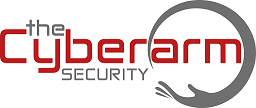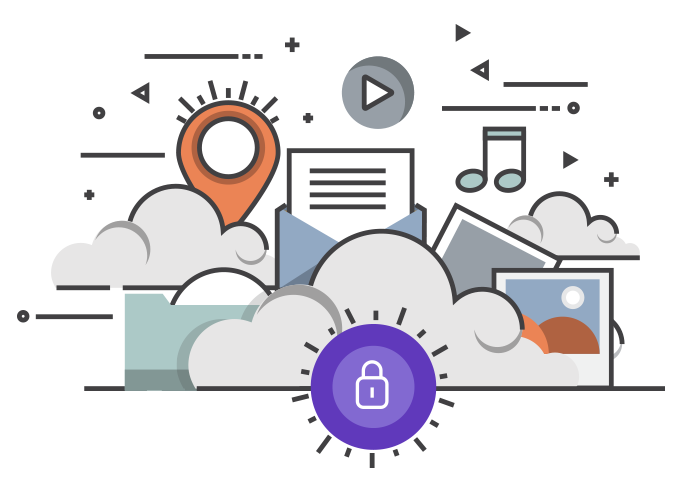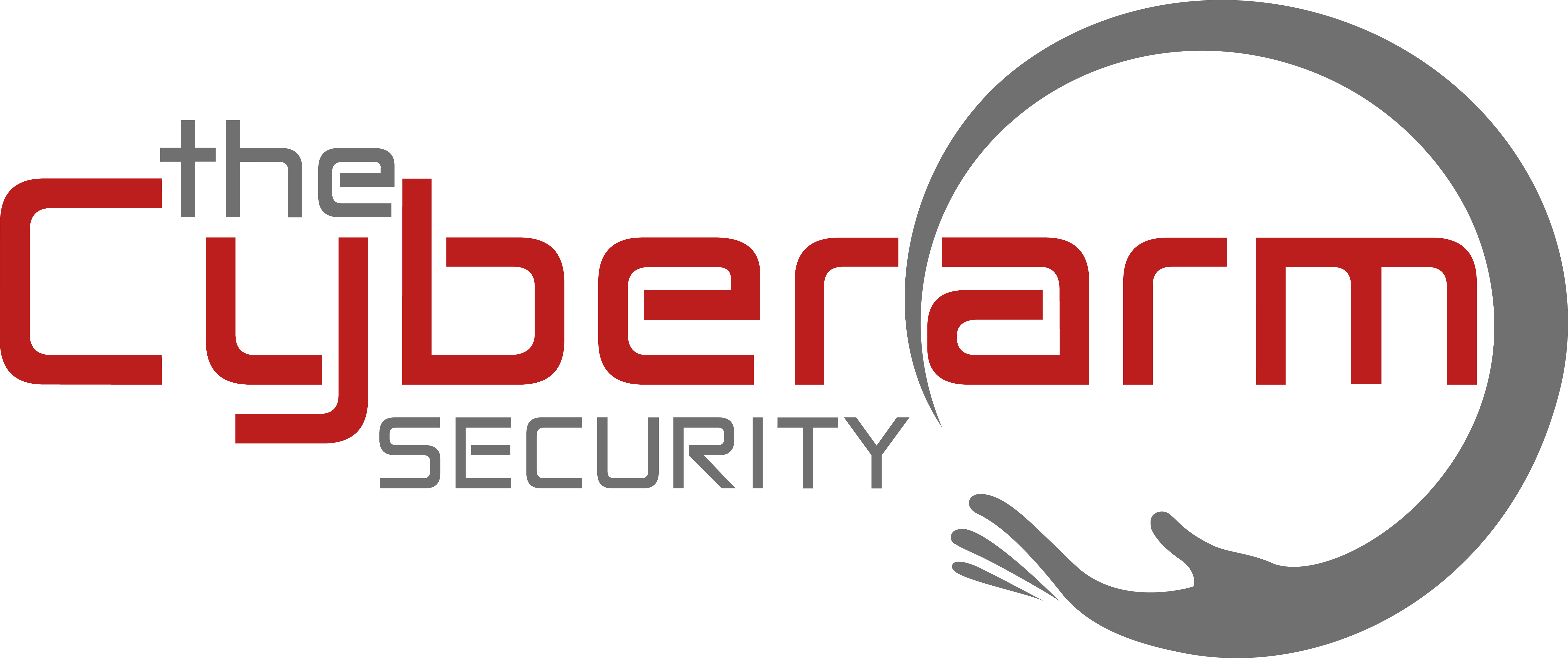Metrics for Evaluating IT Help Desks: How to Measure Success
Every business relies on technology, and when something goes wrong, the IT help desk is the first place employees turn. But how do you know if your IT support team is effective? Are they solving problems quickly, or are employees left frustrated with unresolved issues?
Measuring IT help desk performance isn’t just about looking at how many tickets are closed—it’s about understanding the quality of service and how well IT support contributes to overall business efficiency. In this article, we’ll break down the key metrics every office manager or business owner should track to ensure their IT help desk is running smoothly.
Why IT Help Desk Performance Matters
A poorly managed IT help desk can lead to downtime, lost productivity, and frustrated employees. On the flip side, a well-optimized help desk ensures quick issue resolution, keeps operations running smoothly, and improves overall employee satisfaction.
I once worked with a company that assumed their IT help desk was doing fine—until they started hearing more employee complaints. After analyzing their metrics, they found that response times were slow, critical tickets were getting lost in the system, and many issues were taking far longer to resolve than expected. Once they made some key changes, productivity shot up, and IT complaints dropped significantly.
Let’s go over the most important metrics you should be tracking.
Response and Resolution Times
First Response Time (FRT)
What it is: How long it takes for IT to acknowledge a support request.
Why it matters: Employees want to know their issue is being addressed, even if it’s not fixed immediately.
How to improve it:
- Use automated ticketing systems to send immediate acknowledgments.
- Set clear expectations with response time SLAs (service level agreements).
- Prioritize urgent issues to minimize disruptions.
Average Resolution Time (ART)
What it is: The average time it takes to fully resolve an IT issue.
Why it matters: Slow resolutions can lead to frustrated employees and business delays.
How to improve it:
- Invest in IT training to help staff resolve issues more efficiently.
- Use AI-driven diagnostics for quick problem identification.
- Maintain a knowledge base so employees can troubleshoot common problems themselves.
Ticket Volume and Backlog Management
Total Ticket Volume
What it is: The number of support requests received within a given period.
Why it matters: A consistently high volume of tickets might indicate underlying technical issues.
How to improve it:
- Identify recurring problems and fix them at the root cause.
- Provide employees with better training on IT best practices.
Backlog Rate
What it is: The percentage of unresolved tickets over time.
Why it matters: A high backlog suggests the help desk is overwhelmed and struggling to keep up.
How to improve it:
- Consider expanding your IT support team.
- Implement better prioritization strategies for ticket resolution.
- Automate low-priority or repetitive tasks to free up staff for more complex issues.
First Call Resolution (FCR) Rate
What it is: The percentage of IT issues resolved on the first contact without needing a follow-up.
Why it matters: A high FCR rate indicates that IT support is knowledgeable and efficient.
How to improve it:
- Provide ongoing training to IT support staff.
- Use a centralized knowledge base to speed up issue resolution.
- Empower employees with self-service options for common problems.
Customer Satisfaction (CSAT) and Employee Feedback
CSAT Surveys
What it is: A score based on employee feedback about IT support interactions.
Why it matters: Happy employees mean a more productive workplace.
How to improve it:
- Regularly survey employees about their IT support experience.
- Use feedback to make targeted improvements.
Employee Feedback Mechanisms
What it is: A way for employees to share concerns and suggestions about IT support.
Why it matters: Direct feedback can highlight pain points that metrics alone might miss.
How to improve it:
- Set up anonymous feedback channels.
- Conduct periodic reviews to address concerns proactively.
SLA Compliance Rate
What Are SLAs?
Service Level Agreements (SLAs) define expected response and resolution times.
Why They Matter
If SLAs aren’t met, it can lead to frustration and loss of confidence in IT support.
How to Improve SLA Compliance
- Regularly review performance against SLAs.
- Set realistic expectations and adjust resources as needed.
- Use automation to escalate high-priority issues more efficiently.
Cost Efficiency and ROI of IT Support
Cost Per Ticket
What it is: The total cost of handling each IT support request.
Why it matters: Helps determine whether IT support is cost-effective.
How to improve it:
- Reduce resolution time to lower costs.
- Optimize staffing levels based on ticket volume.
Impact of Downtime Reduction
What it is: The cost savings from reducing downtime.
Why it matters: Less downtime means more productivity and revenue.
How to improve it:
- Implement proactive IT monitoring to prevent issues before they happen.
- Invest in faster resolution tools and processes.
Use of Automation and AI in IT Support
Automated Ticket Routing
Reduces wait times by directing tickets to the right IT personnel automatically.
AI Chatbots for Quick Fixes
Handles simple issues without requiring human intervention.
Why It Matters
Automation helps IT teams focus on more complex problems while ensuring employees get immediate support for routine issues.
Final Thoughts: Measuring IT Help Desk Success
Tracking IT help desk performance isn’t just about crunching numbers—it’s about improving the employee experience and ensuring smooth business operations. By focusing on key metrics like response times, resolution rates, and customer satisfaction, you can identify areas for improvement and create a more efficient IT support system.
If you haven’t already, start monitoring these metrics and see where your IT help desk stands. Small improvements can lead to big gains in productivity, employee satisfaction, and overall business success.


